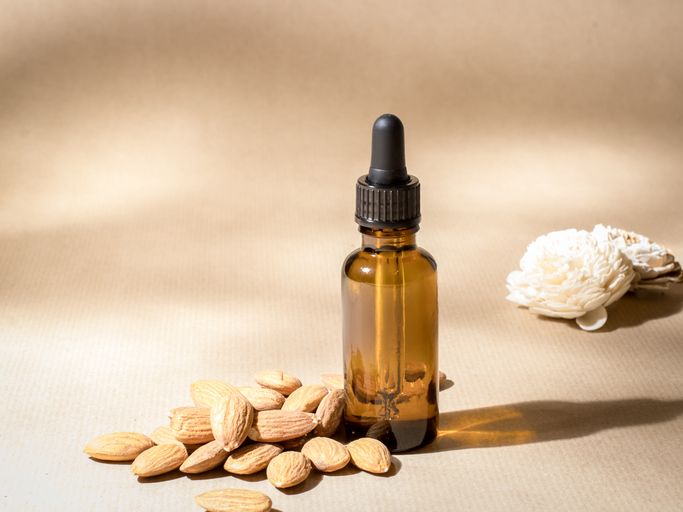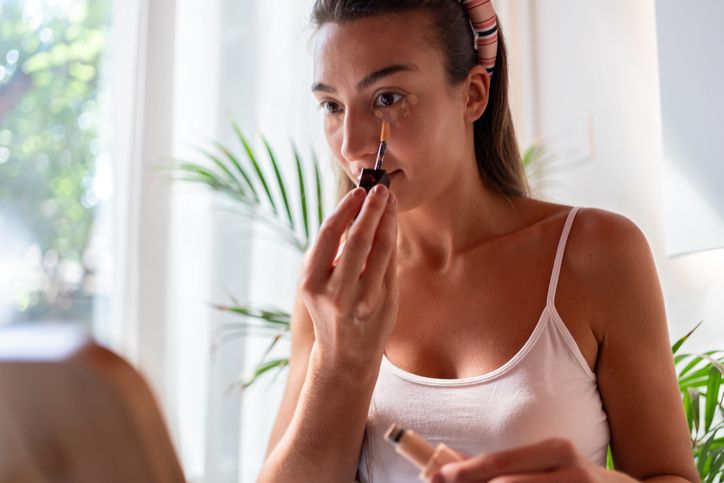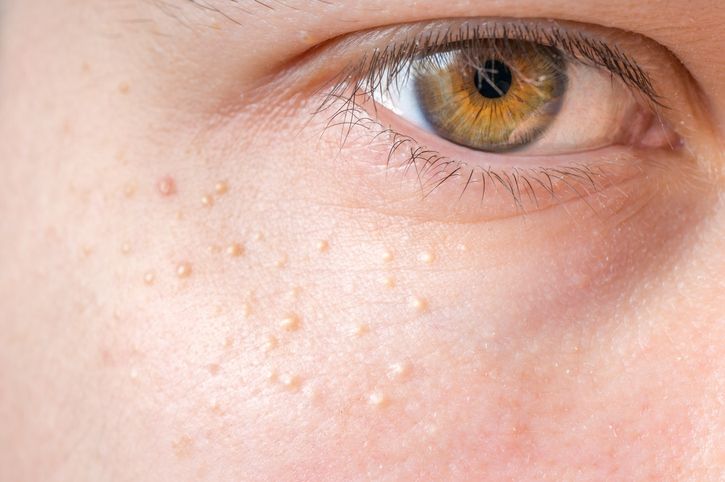- Home
- Trend
- Weight Loss Strategies
- Acne Tips
- Hair Health Information
- Blemish Removal Tips
- Acne Scar Removal Tips
- Muscle Building Techniques
- Intimate Care Tips
- Postpartum Intimate Care
- Eye Bags Wiki
- Tips for Face Slimming
- Secret of Permanent Hair Removal
- Breast Enlargement Tips
- Cure to Snoring
- Marionette Lines
- Skin-Tightening Secrets

免費體驗
Acne Treatment
1 Minute Self-Registration
Date should not be before minimal date
Are you wondering if your back acne might be linked to lung issues? There’s a rumor that persistent back acne reflects poor lung health, especially in those with damp-heat in the lungs. However, from a Western medical perspective, back acne is often caused by folliculitis rather than lung problems. Acne typically arises in areas with active sebaceous glands, like the cheeks and back. Acne develops when skin pores become obstructed by a combination of dead skin, sweat, dirt, and oil. On the other hand, folliculitis tends to appear in areas with fewer sebaceous glands, such as the scalp and back of the neck. So, how can you tell if your back acne is folliculitis or regular acne? Let’s dive in and find out!
1
Is Back Acne Folliculitis?
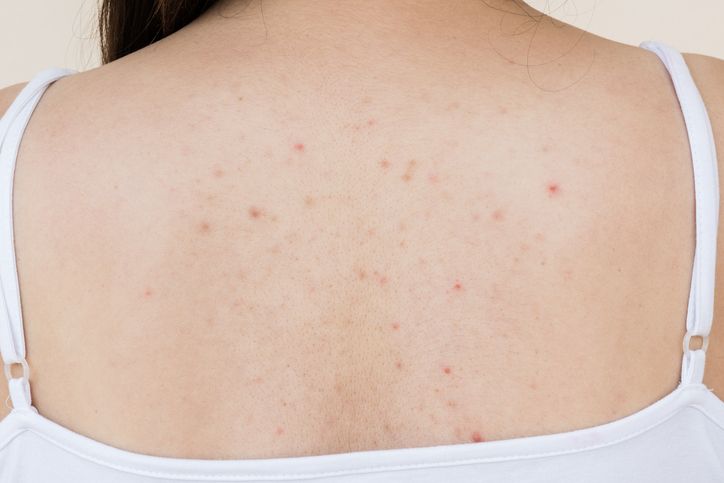

2
Does the Location of Back Acne Indicate Lung Issues?
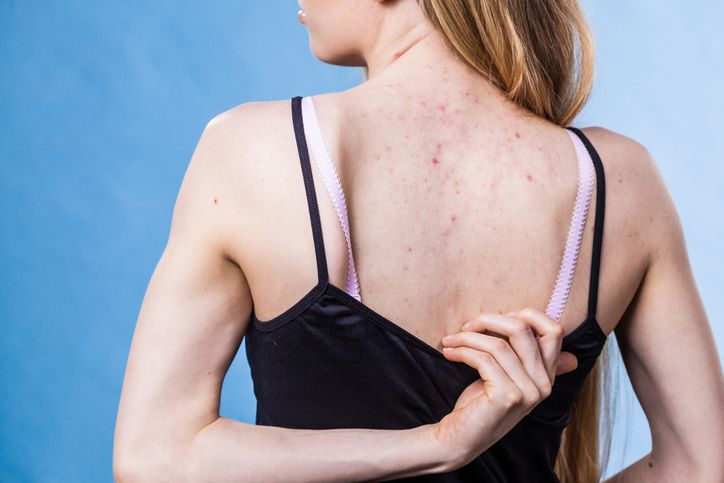
- Honeysuckle Benefits: Skin Beauty Effects & 5 Practical Methods for Gentle Soothing
- Cleansing Milk Essentials: 5 Top-Rated, High-Value Picks + Step-by-Step Usage Guide!
- How Many Types Of Acne Patches Are There? Healing Breakouts with Precision
- Exfoliating Toner Guide: Beauty Benefits + 5 Top Picks For Smooth, Hydrated Skin
3
What Causes Back Acne? A Traditional Chinese Medicine Perspective
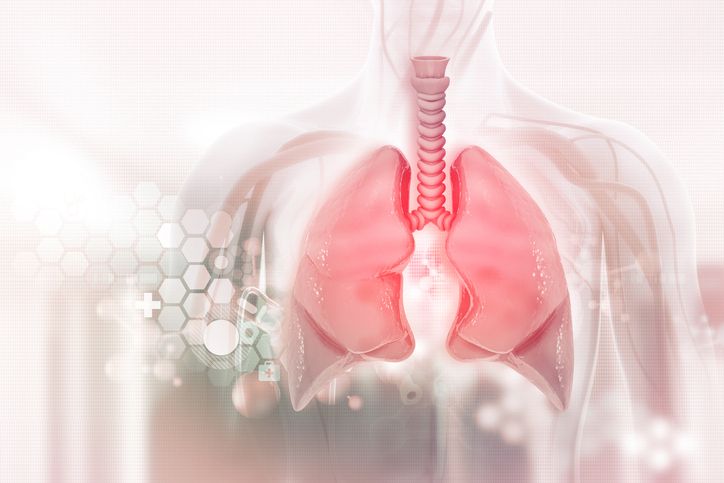
Differentiating Back Acne Locations: Lung Heat or Kidney Heat?
Differentiating Back Acne Locations: Deficiency Syndrome or Excess Syndrome?

4
Causes of Back Acne? Western Medicine Perspective
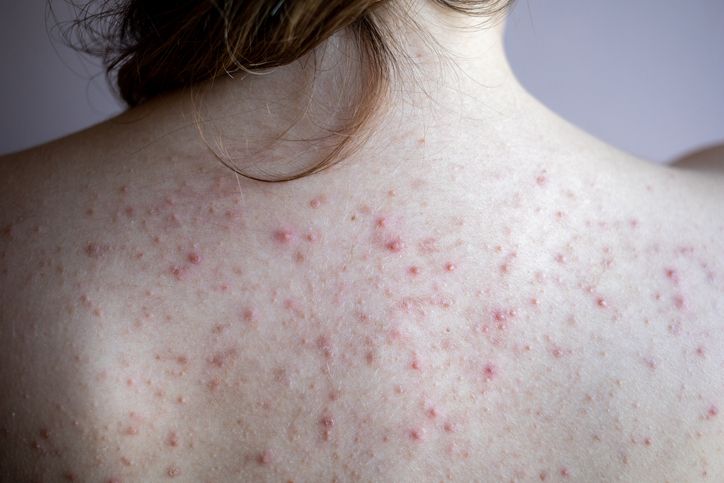
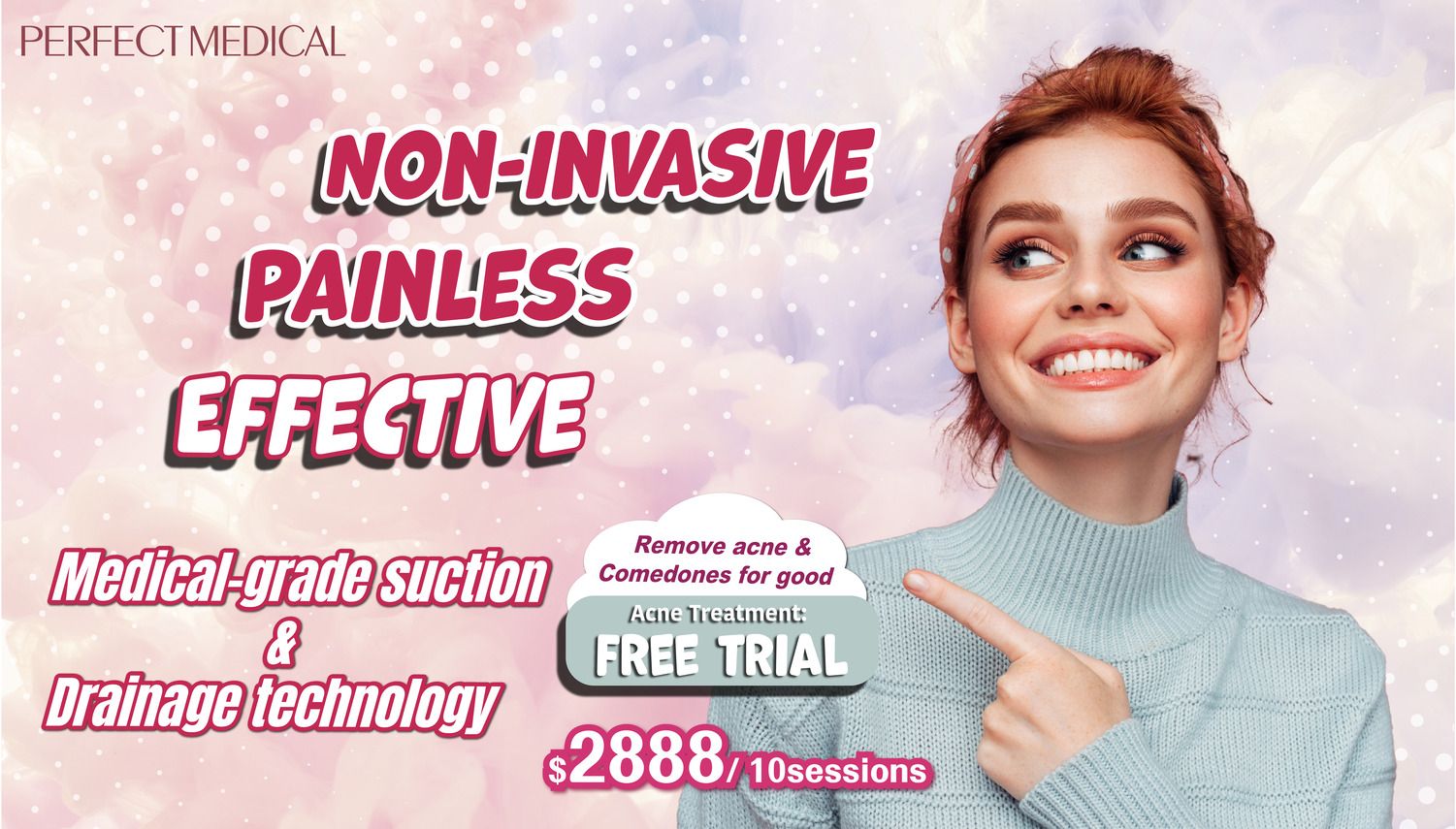
免費體驗
Acne Treatment
1 Minute Self-Registration
Date should not be before minimal date
5
Causes of Back Acne
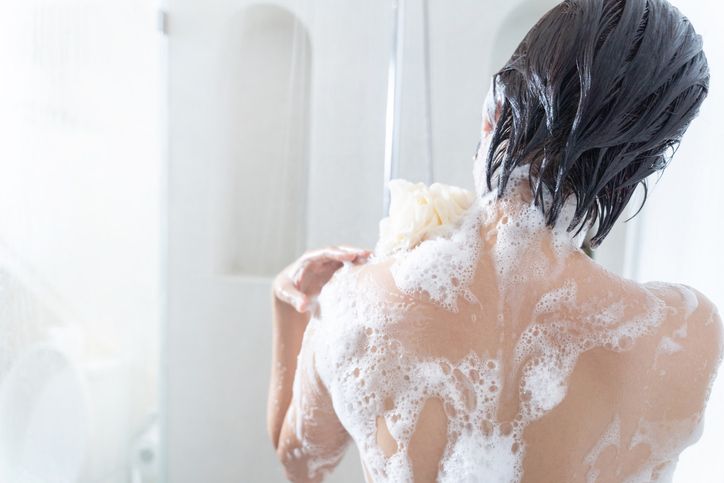
Cause 1: Inadequate Showering
Cause 2: Using Loofahs or Back Scrubbers in the Shower
Cause 3: Putting on Clothes Before Drying Off
Cause 4: Frequently Wearing Tight Clothing
Cause 5: Not Changing Bedding
Cause 6: High Stress and Lack of Sleep
Cause 7: Unbalanced Diet
Cause 8: Seasonal and Temperature Changes

6
Symptoms of Back Acne
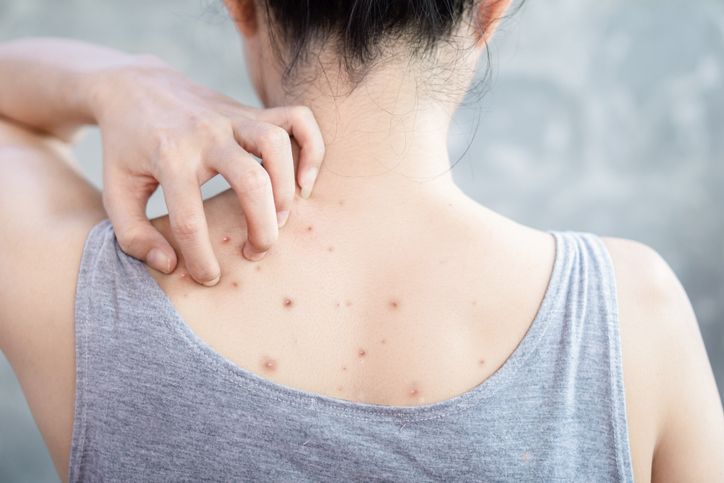
Types of Back Acne
Appearance of Back Acne
Pus Formation in Back Acne
Other Symptoms Commonly Accompanying Back Acne
7
Treatment of Back Acne—Traditional Chinese Medicine Perspective
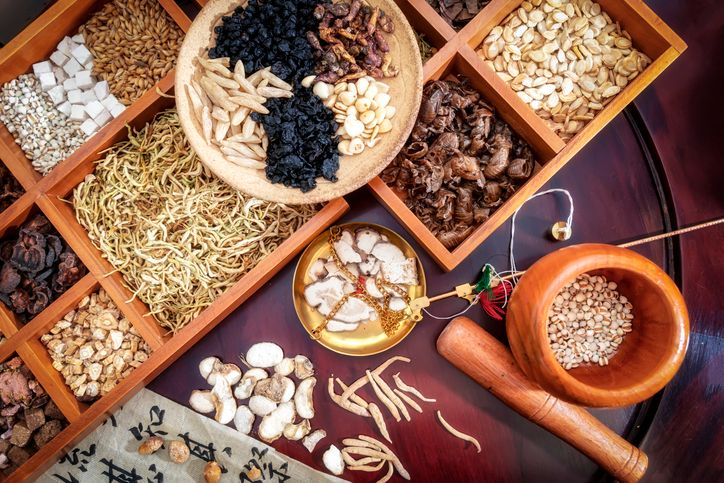
Back Acne with Excess Symptoms:
Back Acne with Deficiency Symptoms:

8
Treatment of Back Acne—Traditional Chinese Medicine Dietary Therapy and External Applications
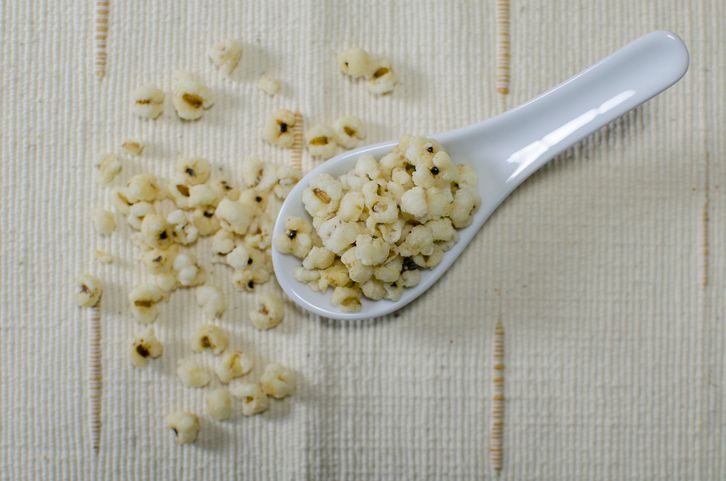
Back Acne Dietary Therapy 1: Red Bean and Coix Seed Porridge
Back Acne Dietary Therapy 2: Mulberry Leaf, Chrysanthemum, and Green Bean Soup
DIY Back Acne Herbal Mask

免費體驗
Acne Treatment
1 Minute Self-Registration
Date should not be before minimal date
9
Treatment of Back Acne—Western Medicine Approach
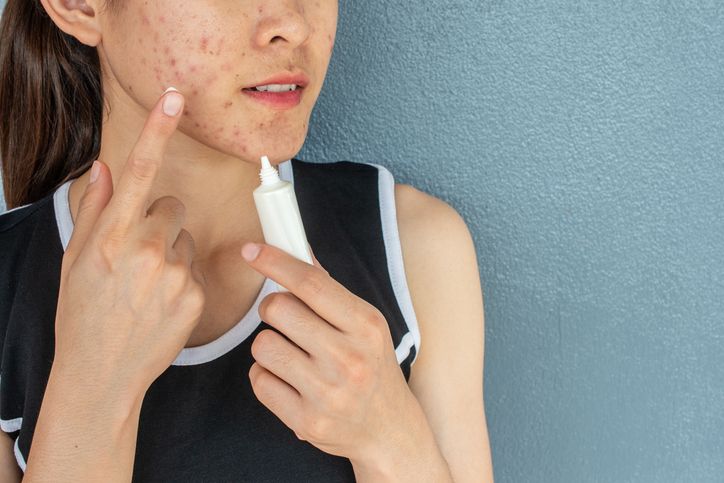
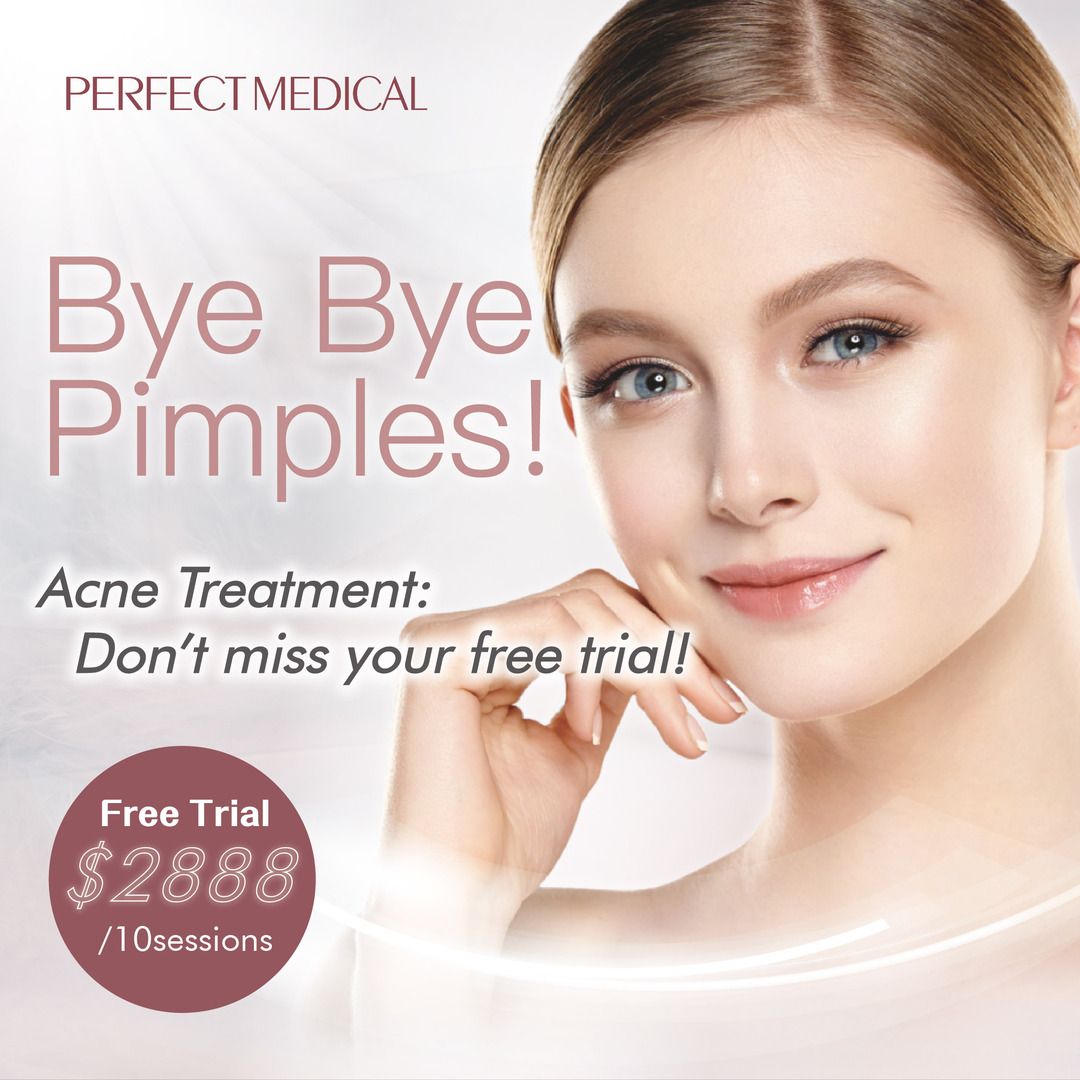
10
Methods to Prevent Back Acne

Method 1: Acidic Ingredients to Unclog Clogged Pores
Method 2: Wear Loose-Fitting Clothing
Method 3: Maintain a Balanced Diet
Method 4: Shower After Exercise
Method 5: Pay Attention to the Ingredients in Bath Products
- Acne Advice By Doctors Warn: The “Ultimate Weapon” Retinoic Acid May Cause Liver Dysfunction
- Red Spots On Skin: 7 Common Symptoms, Their Causes & The Most Comprehensive Treatment Solutions!
- What Is An Emergency Mask? How Is It Different from Regular Masks? A Skincare Expert Explains How It Can Instantly Improve Skin Quality!
- 5 Solutions For Bacne And Bacne Scar
11
Editor's Test! Can the Acne Treatment Knock Out Back Acne in Just One Session?
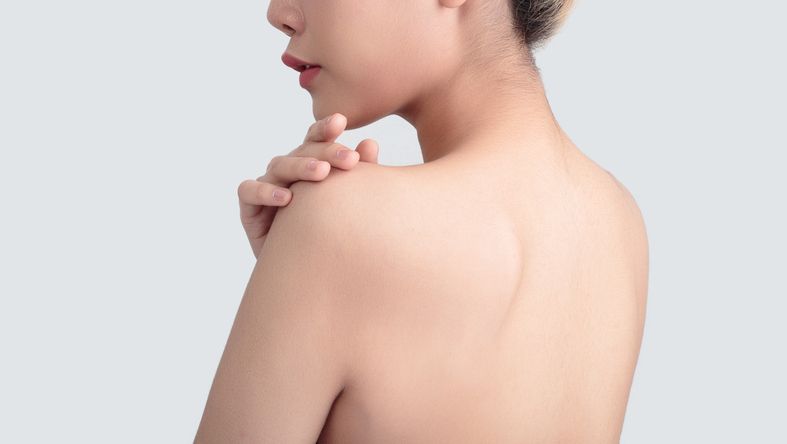
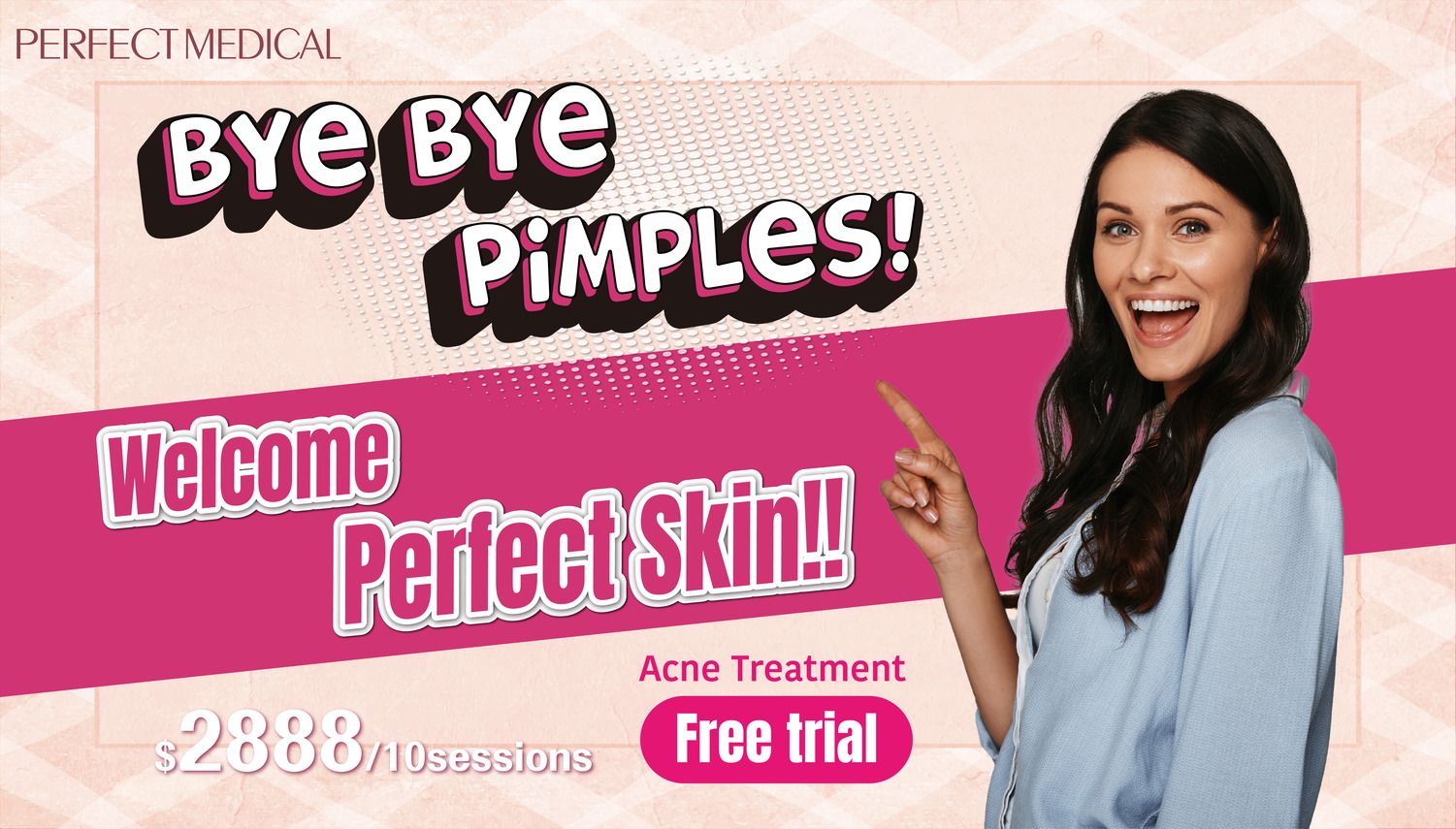
免費體驗
Acne Treatment
1 Minute Self-Registration
Date should not be before minimal date
FAQ

What causes back acne?
Back acne is caused by the same factors as facial acne: excess oil production, clogged pores, bacteria, and hormonal changes. Tight clothing, sweating, and improper hygiene can also contribute to the development of acne on your back.
Can Diet Affect Back Acne?
Yes, diet can significantly impact back acne. Foods high in sugar and dairy have been linked to worsening acne outbreaks. A diet rich in fruits, vegetables, and whole grains may help promote clearer skin. Staying hydrated by drinking plenty of water and limiting sugary and dairy-rich foods can also benefit your skin. Maintaining a balanced diet supports overall skin health and can aid in reducing the severity of acne breakouts.
Can Hair Removal Treat Back Acne?
Hair removal might not directly impact oil production on your back, so it may not provide a noticeable improvement for back acne or bacne. However, if you struggle with facial acne and have dense hair, removing hair might help reduce the amount of oil and bacteria that contribute to acne. Fewer hair follicles can mean fewer clogged pores and potentially less acne.
Can Fruit Acid Exfoliation Improve Back Acne?
Fruit acid, like salicylic acid, is often used in acne treatment because it helps with skin exfoliation and reducing inflammation. For back acne, fruit acid treatments can assist in clearing dead skin cells and unclogging pores. Since the skin on your back is thicker, you might need several sessions to see results. If you're looking for faster improvement in back acne scars and skin irritation, laser therapy could be a more effective option. It works on a deeper level to improve oil production and promote tissue repair.
Can Using Pine Tar Soap Treat Back Acne?
Pine tar soap is known for its exfoliating properties and soothing effects on chronic skin conditions. It can help with itching relief and skin irritation, but its effectiveness for back acne is limited. While it might offer some relief, it’s generally not the most effective option for treating back acne. For better results, consider using benzoyl peroxide or salicylic acid products, or consult a board-certified dermatologist for prescription treatments.






